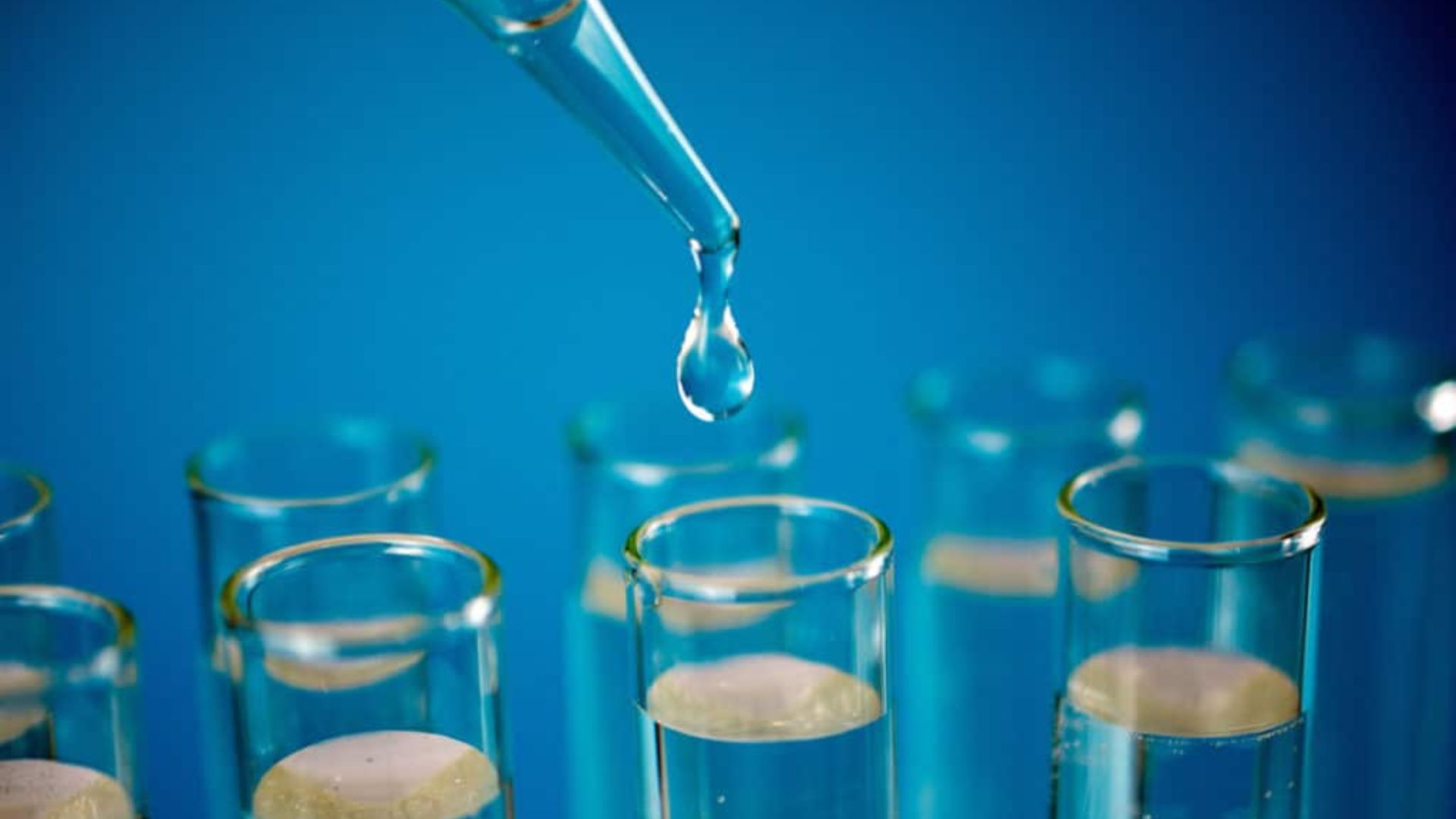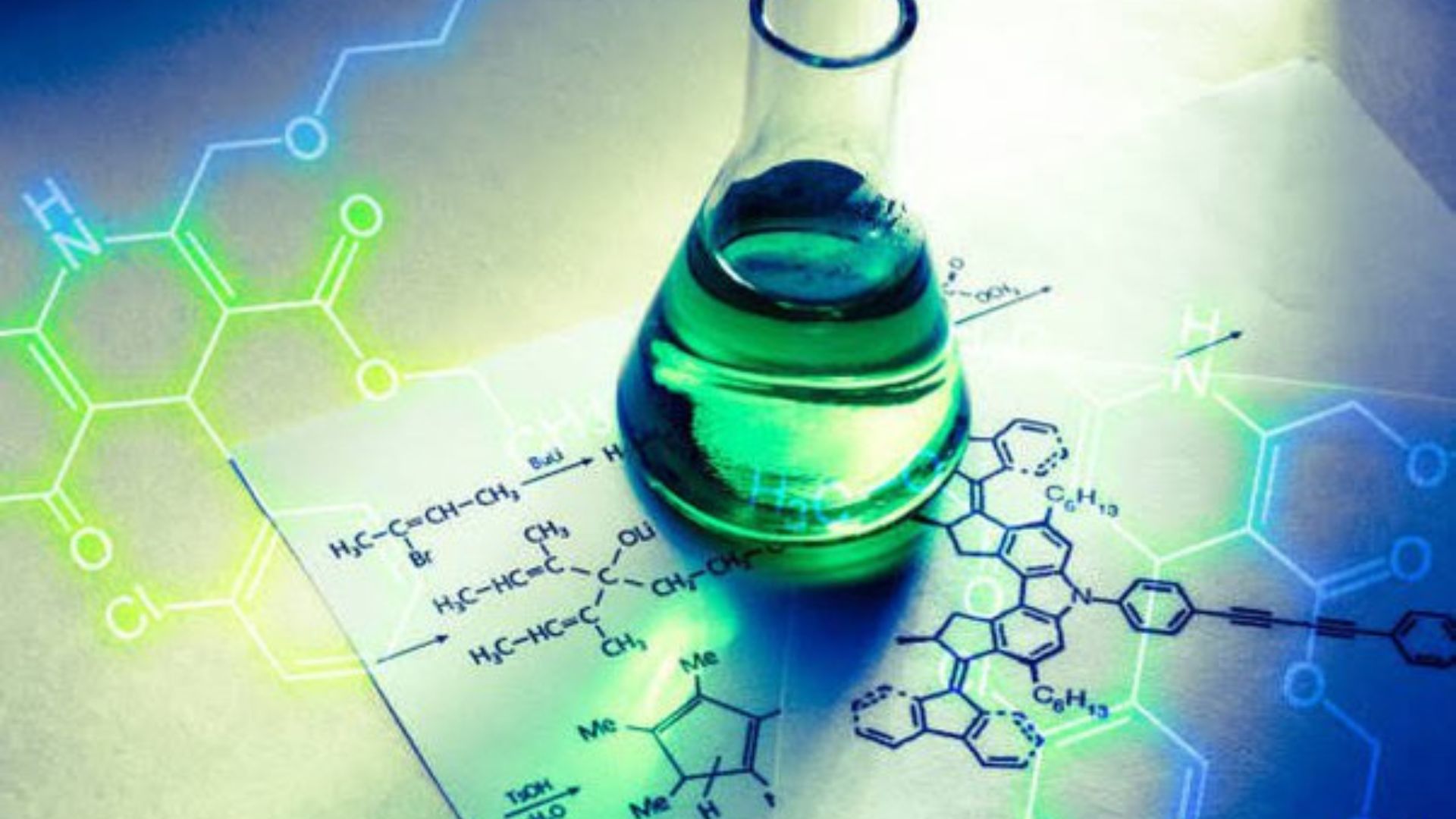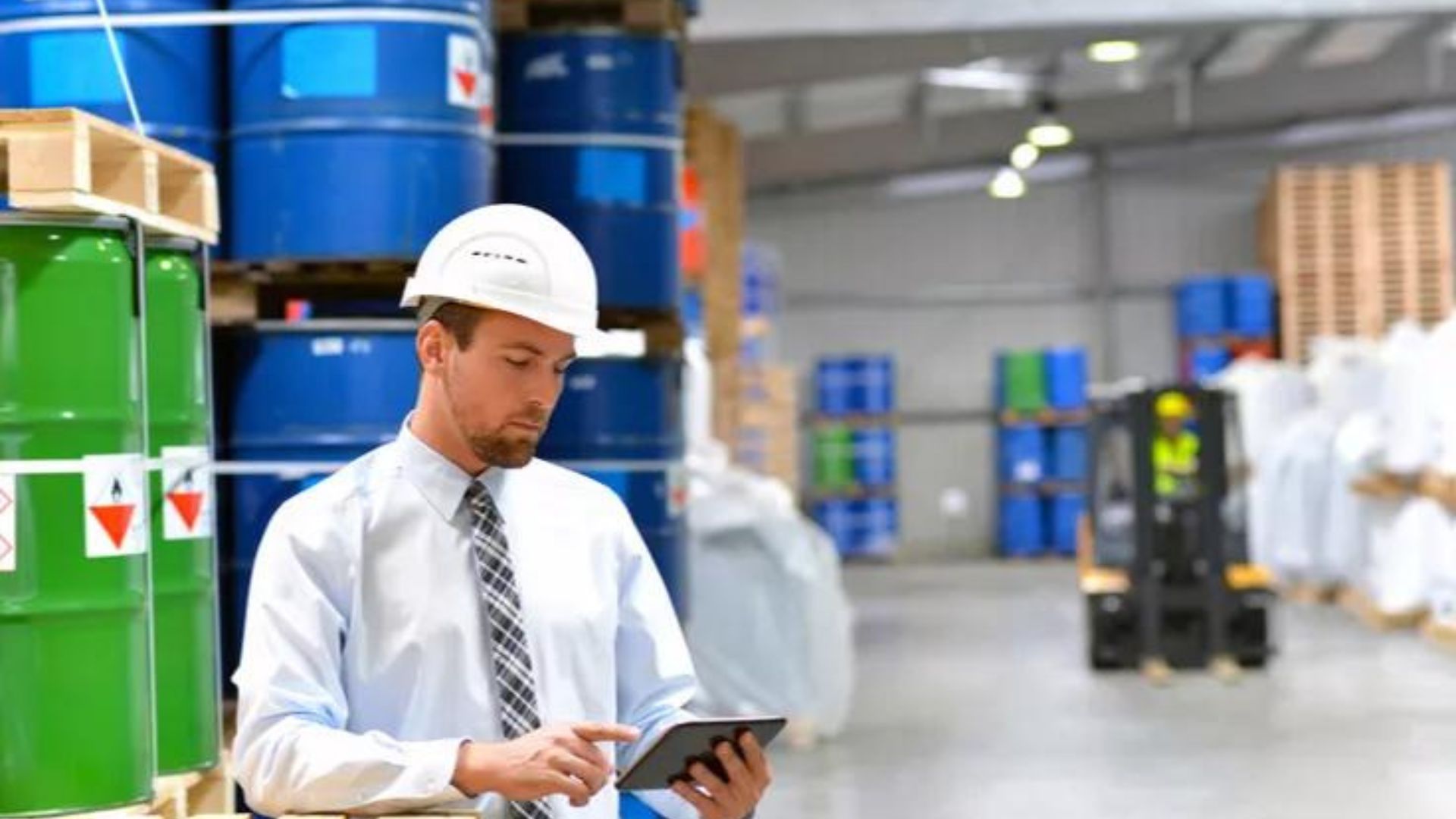Testing chemical contamination is crucial for ensuring water safety and quality. Contaminated water can have serious health implications, so understanding how to test it properly is essential. Here are some key tips for effectively testing chemical contamination in water.
1. Understand the Types of Contaminants
Before you start testing, it’s important to know what types of chemical contaminants you might be dealing with. Common contaminants include heavy metals (like lead and mercury), pesticides, and industrial chemicals. Identifying the specific contaminants helps in choosing the right testing method.

Testing Chemical Contamination in Water
2. Choose the Right Testing Method
There are various methods for testing chemical contamination in water. These include:
- Chemical Test Kits: Simple and often portable, these kits use colour change reactions to indicate the presence of specific contaminants.
- Spectroscopy: Techniques like atomic absorption spectroscopy (AAS) and inductively coupled plasma (ICP) can detect trace amounts of metals.
- Chromatography: Methods such as gas chromatography (GC) and liquid chromatography (LC) are used to analyze complex mixtures of organic chemicals.
3. Collect Samples Properly
Proper sample collection is critical for accurate results. Use clean, non-reactive containers to avoid contamination. If you’re testing for specific chemicals, follow the guidelines for how to collect and handle the samples to ensure they don’t degrade before analysis.
4. Follow Standard Protocols
Adhering to standard testing protocols ensures consistency and reliability. Each testing method has specific procedures for preparation, execution, and analysis. Make sure to follow these steps closely to obtain valid results.
5. Use Calibration Standards
Calibration standards are essential for accurate testing. They help in calibrating your equipment and ensuring that the test results are accurate. Use certified standards for the specific chemicals you’re testing to get reliable measurements.
6. Perform Quality Control
Quality control (QC) is vital for ensuring the accuracy of your test results. Regularly check your testing equipment and procedures with known standards and samples. QC helps in identifying any issues that might affect the test results.
7. Interpret Results Carefully
Interpreting the results accurately is crucial. Compare your test results with the regulatory limits or guidelines for safe water quality. Understanding what the results mean in context helps in making informed decisions about water safety.
8. Document Everything
Keep detailed records of your testing procedures, results, and any issues encountered. Documentation helps in tracking changes over time and provides a reference for future testing. It also supports transparency and accountability.
9. Consider Testing Frequency
Regular testing is important for ongoing water quality monitoring. The frequency of testing depends on the source of the water and potential contamination risks. For areas with known contamination issues, more frequent testing may be necessary.
10. Use Accredited Laboratories
These labs follow strict protocols and use advanced equipment to provide precise results.
11. Be Aware of Detection Limits
Be aware of these limits when selecting a testing method to ensure it meets your needs.
12. Consider the Cost
Different testing methods and frequencies can vary in cost. Budget considerations might influence your choice of testing methods and how often you test. Weigh the costs against the importance of accurate contamination detection.
13. Address False Positives/Negatives
False positives or negatives can occur, which might affect your interpretation of results. Cross-check results with different methods or conduct repeat tests if you suspect inaccuracies. Addressing these issues helps in ensuring reliable data.
14. Stay Informed About Regulations
Stay updated on regulations and guidelines related to water quality and chemical contamination. Regulatory standards may change, and keeping informed ensures that your testing practices remain compliant.
15. Educate Yourself and Others
Understanding the testing process and educating others about water contamination can lead to better practices and outcomes. Share knowledge with community members or colleagues to promote awareness and improve water safety efforts.
Conclusion
Testing chemical contamination in water involves careful planning, proper technique, and ongoing vigilance. By choosing the right methods, collecting samples correctly, and interpreting results accurately, you ensure the safety and quality of your water. Regular testing and staying informed about best practices help in maintaining high standards for water safety.




